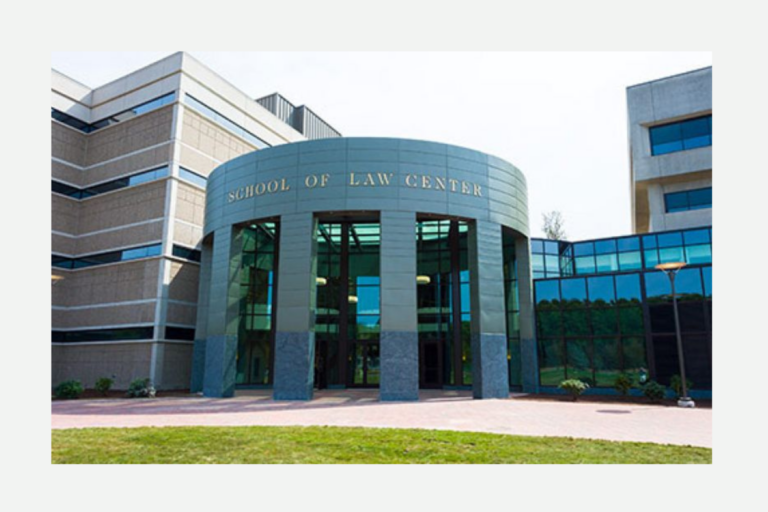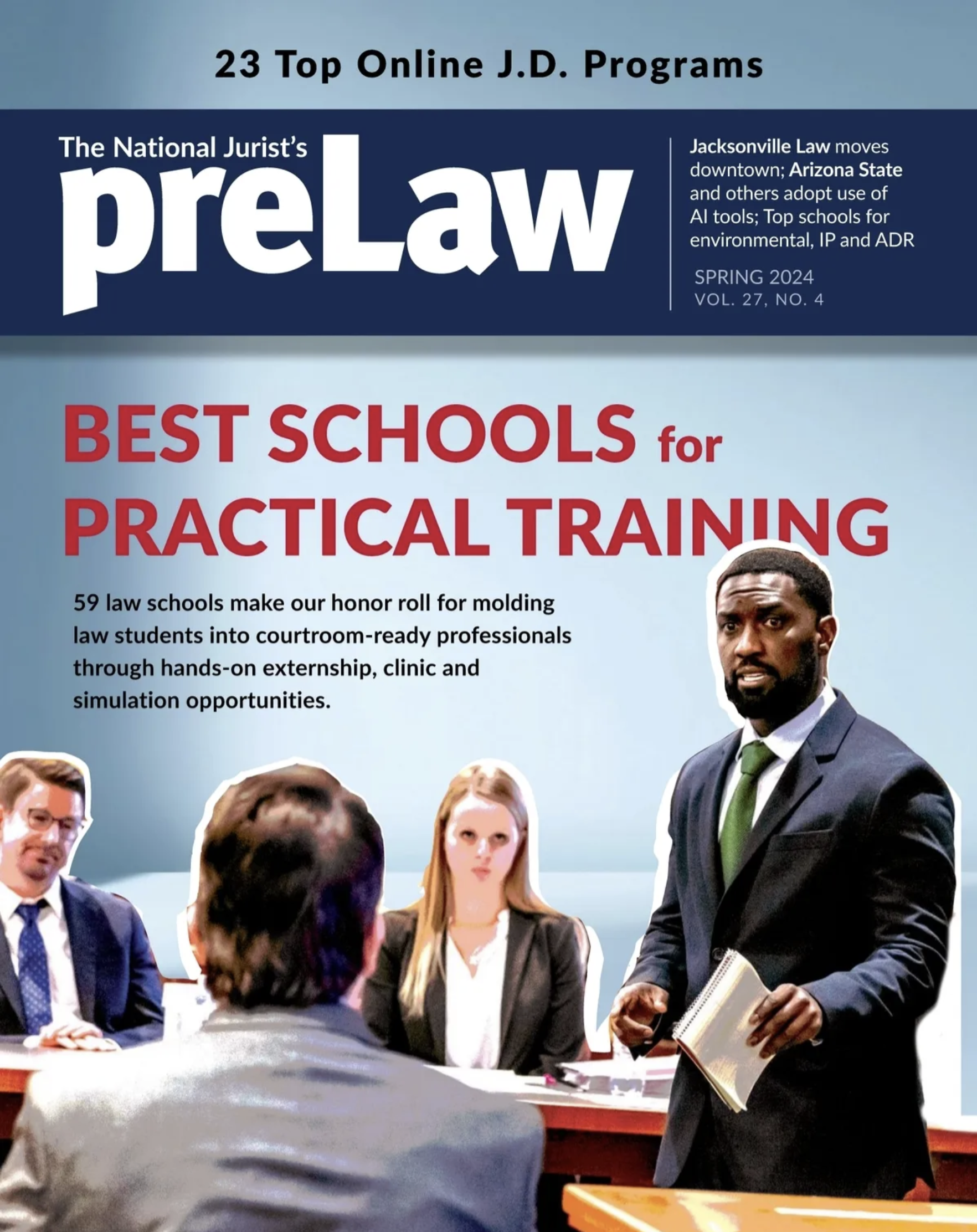According to a recent survey on law school scholarships, there seems to be no better time than now to be a high-achieving student. And, arguably, there’s no worse time to be a needy one.
When asked what percentage of scholarship money was “specifically allocated to needs-based grants” a majority of the schools — 52 percent — reported zero, zilch, nada.
So how did law schools determine who got the money? More than 98 percent reported LSAT scores played a role. GPA? That got a 97 percent response.
Financial need barely cracked a 40 percent response rate.
Because of dropping applications, there’s a shrinking pool of good students. So schools are throwing money at them.
“It’s a buyer’s market,” said Jay Shively, dean for admissions and financial aid at Wake Forest University School of Law, during a session at the recent Association of American Law Schools meeting in Washington D.C.
Shively, the outgoing chair of the AALS Section on Prelegal Education and Admission to Law School, conducted the survey in preparation for the session called Merit Scholarship Policies and Impact on our Classes and Legal Education.
It’s no big secret that law schools have been upping scholarships to attract better candidates, but Shively and other admissions’ experts wanted a clearer picture of the trend.
He sent the survey to all LSAC schools and got 110 responses. Seventy-five were completed enough to be relevant, he said. Schools responding were a mix of both private and public ones and included highly ranked as well as unranked schools.
When asked how schools have responded to the crisis in legal education when it came “to the greater financial demands of applicants and the impact on institutional financial goals,” schools were given a range of survey answers, from cutting spending to reducing faculty. No other answer, however, got a greater response than “Increased scholarship…” More than 80 percent of the law schools said they did so.
A whopping 44 percent said they are “giving away much more money per student than five years ago.”
Panelists found the trend troubling. Prospective students are quite aware that more scholarship money is available and are trying to negotiate better deals. The survey found that more than 70 percent of schools do some form of negotiating.
Panelist Cary Lee Cluck, assistant dean for admissions and scholarships at The University of Mississippi School of Law called the trend of an increasing number of students getting increasing scholarships “an unsustainable model.”
Shively said he feels like he’s being treated like a “used car salesman” at times when dealing with prospective students. His school does negotiate even though it didn’t want to do so initially.
“We realized we had to,” he said.
Yes, some schools reported they offer needs-based scholarships. (Nearly 47 percent don’t at all, they reported.) However, the ones that do, don’t exactly break the bank doing so. Of the law schools that give need-based scholarships, 24 percent reported they gave less than 10 percent of the cost of attendance. Only 1.5 percent gave more than 50 percent of the cost of attendance.
When it came to ranking institutional goals when implementing scholarship strategy, nearly 60 percent of the schools ranked “To attract a qualified class” as the No. 1 reason. Another 15 percent gave highest ranking “To maintain or improve our US News Ranking.” Just 4.5 percent gave the highest weight “To attract a diverse class.”
“Need is not a big part of the scholarship picture now,” Shively said.






